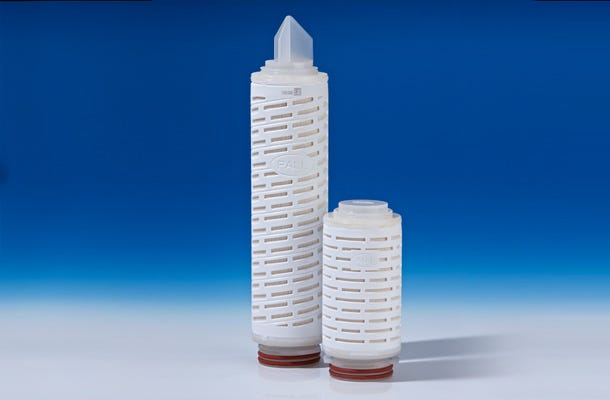Voices of Biotech
Podcast: MilliporeSigma says education vital to creating unbreakable chain for sustainability
MilliporeSigma discusses the importance of people, education, and the benefits of embracing discomfort to bolster sustainability efforts.
June 24, 2015
Sponsored by Cytiva

Hydrophobic filter cartridges which utilize sterilizing-grade polyvinylidene fluoride or polytetrafluoroethylene membranes are widely used in the pharmaceutical industry to sterilize compressed air or gases for product contact, as well as acting as sterile tank vents. However, hydrophobic membranes can also make filter integrity testing in situ difficult, as the membrane must be fully wetted prior to testing by the widely accepted integrity test methods of Bubble Point and Forward Flow. The Water Intrusion Test (WIT) is widely accepted within the industry, and overcomes the need to wet the filter membrane. This White Paper details several challenges associated with performing a successful WIT, including common reasons for “false failure” results. It outlines factors that can influence the test and provides guidance on how to overcome them, offering advice on methodology and best practices, to give filter users the best possible chance of performing a successful WIT and ensuring the highest process safety and demonstrating compliance with regulatory requirements.
You May Also Like